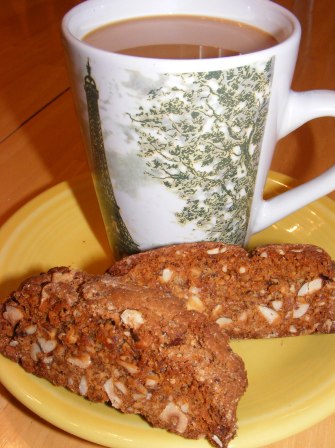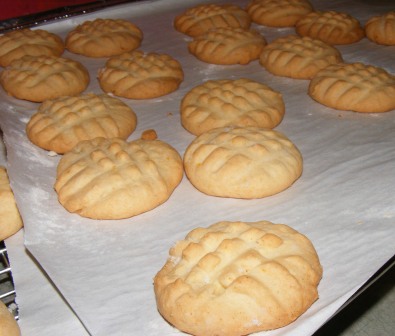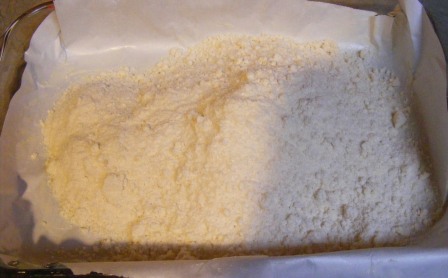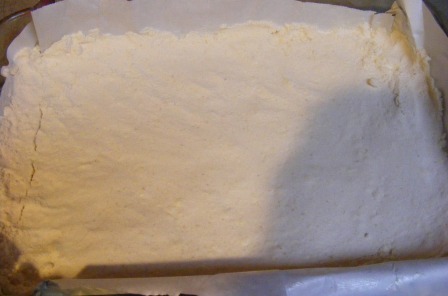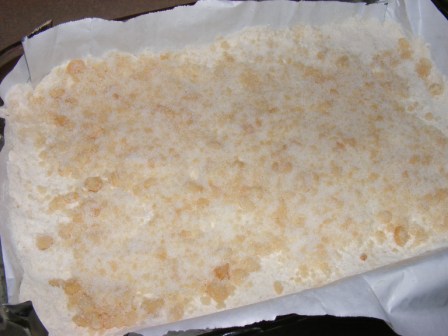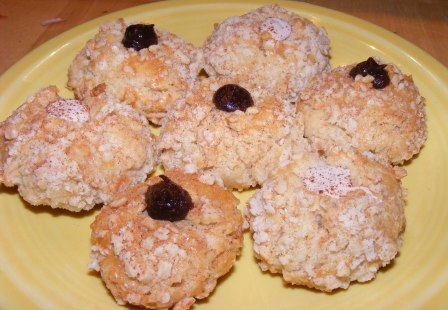If a picture is worth a thousand words, need I say more than this?
After watching an episode of Good Eats, I was convinced that I needed to buy a cast iron griddle and grind my own hamburger. And, boy, am I glad I did.
This, my friends, is the best hamburger you’ve ever tasted. Made right in your own kitchen. No pink slime; no mystery meat; and no seasonings other than Kosher salt.
The Perfect Burger (based on recipe by Alton Brown)
Ingredients
- 12 ounces chuck
- 12 ounces sirloin
- 3/4 teaspoon Kosher salt
- 4 hamburger buns
- mayonnaise
- freshly ground black pepper
Directions
- Lightly oil cast iron griddle. Preheat griddle over medium-high heat.
- Trim chuck of excess fat and cut into 1- to 2-inch cubes. Place chuck in food processor and pulse 10 times in 1-second intervals. Scrape meat into large bowl.
- Repeat with sirloin, adding to bowl with chuck after grinding.
- Add salt to meat and mix well with clean hands by lifting the meat from underneath and turning it over, being careful not to squish or compress meat.
- Shape meat into 5- to 5 1/2-ounce patties by forming into balls, tossing gently back and forth from hand to hand, then shaping each patty gently, again without pressing meat very much.
- Place patties on preheated griddle pan and cook for 4 minutes on each side for medium-rare or 5 minutes per side for medium, turning only once during cooking and resisting the urge to press down on the patties while they cook. (This is not a diner, and your name’s not Mel. Pressing the patties while they cook only serves to squish out all the delicious juiciness. Also, because the meat is freshly ground and not full of who-knows-what, the patties do not need to be cooked beyond medium.)
- While the patties are cooking, prepare hamburger buns by spreading the bottom bun with mayonnaise and topping with a bit of freshly cracked black pepper. The juices from the burger will mix with the mayo and pepper to make the most delicious “sauce” you can imagine.
- When the burgers are done cooking, place on buns, adorn with desired toppings, and enjoy.
Makes 4 burgers
The first time I made these, I didn’t add any toppings, as I wanted to taste them unadorned with just the mayo, pepper, and burger “sauce”. I can’t describe how good it was this way. Juicy, tender, and oh-so-meaty tasting.
I think what sets this recipe apart from any other burger I’ve tried is the “meatiness” of it. The freshly ground beef, the lack of overpowering seasonings, and the minimal toppings all let the meat flavor shine through.
Give it a try. It’s easier than you think to create the most flavorful, meaty burger you’ve ever had. But be warned: you may never be able to go back to store-bought ground beef again.



